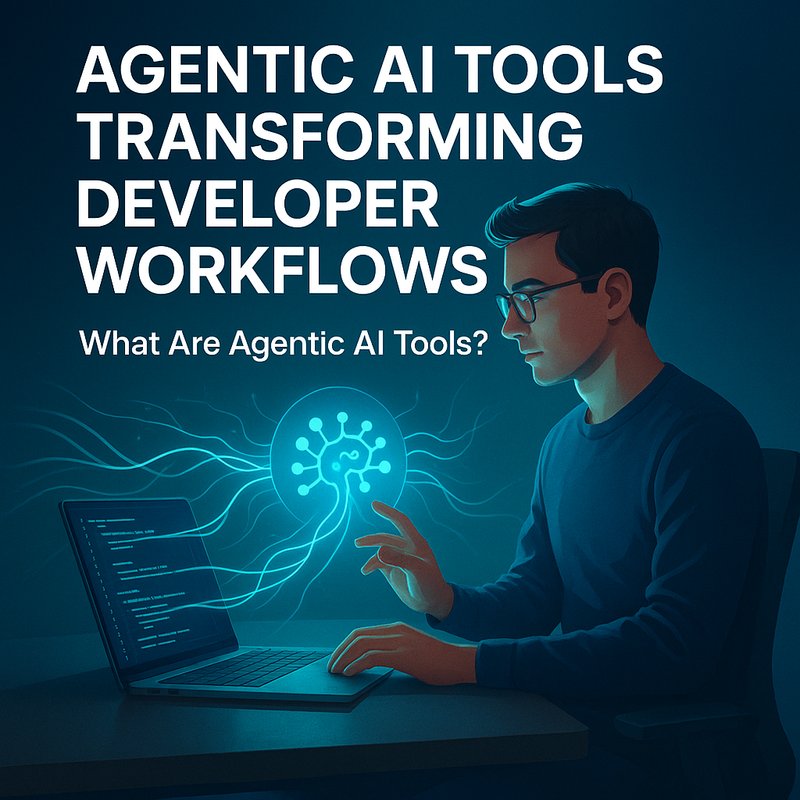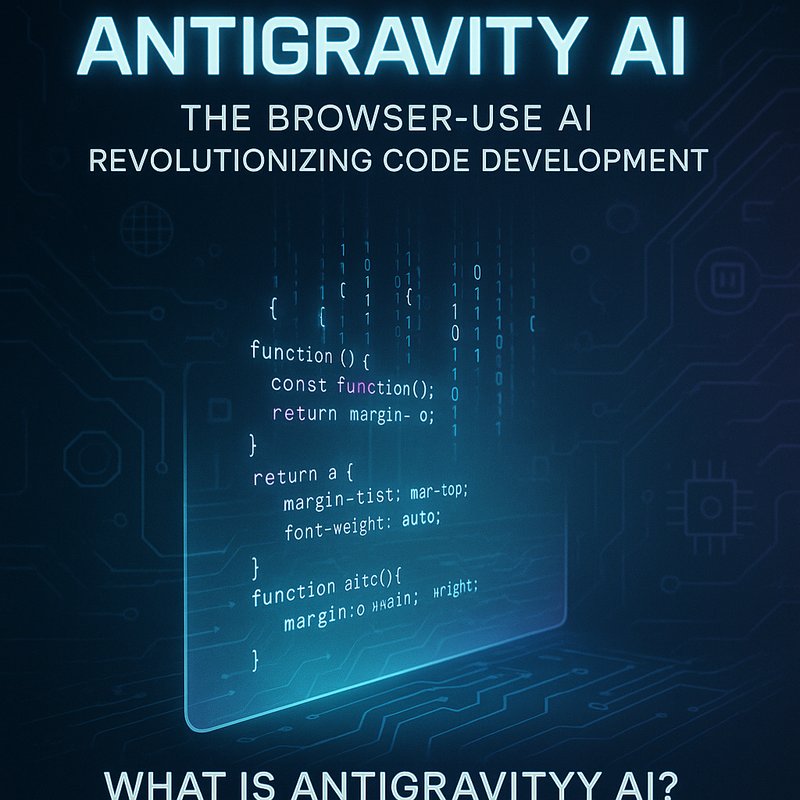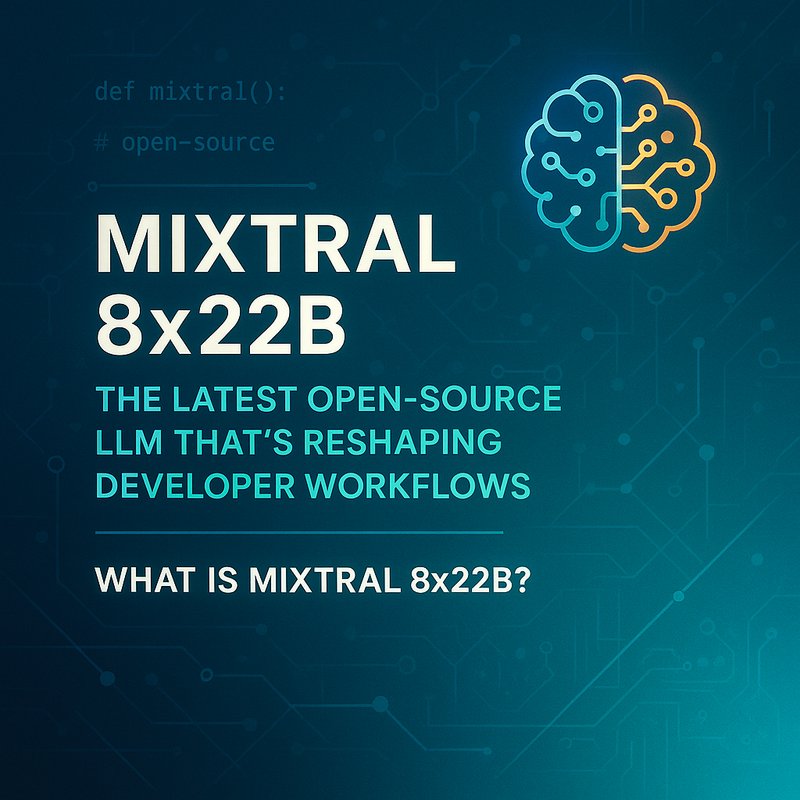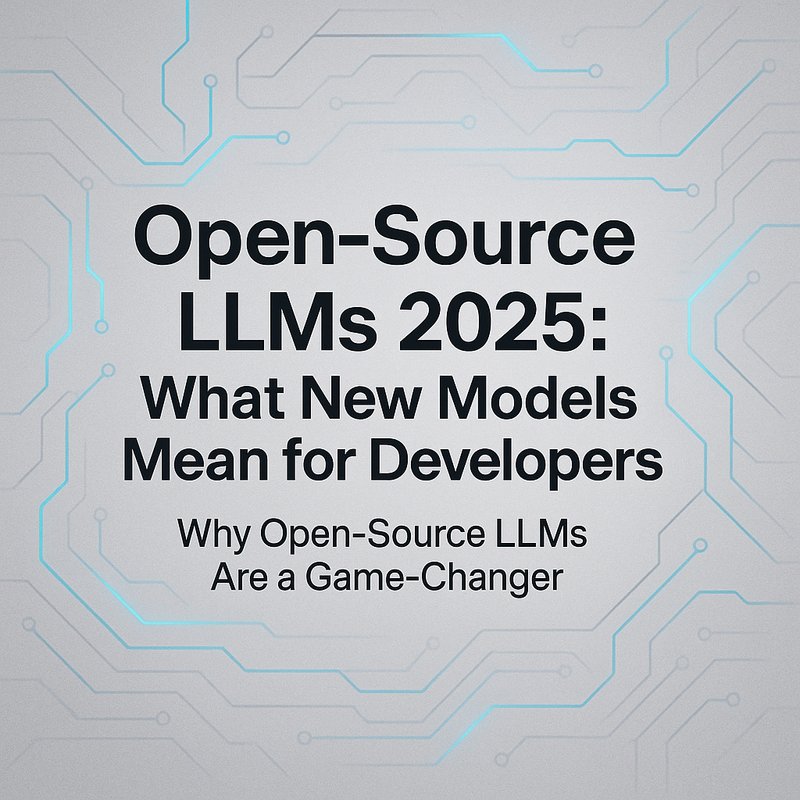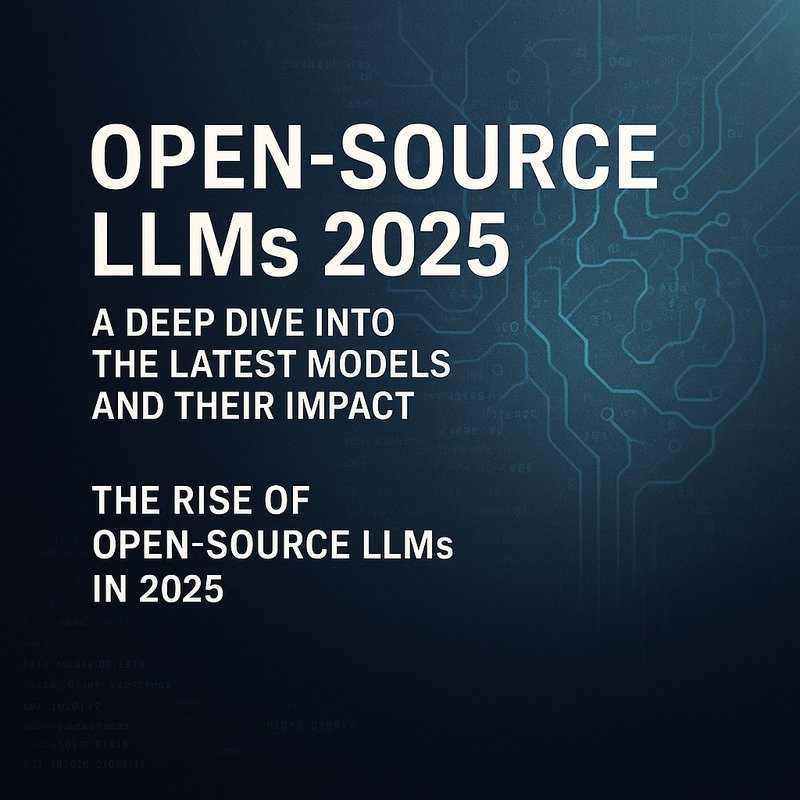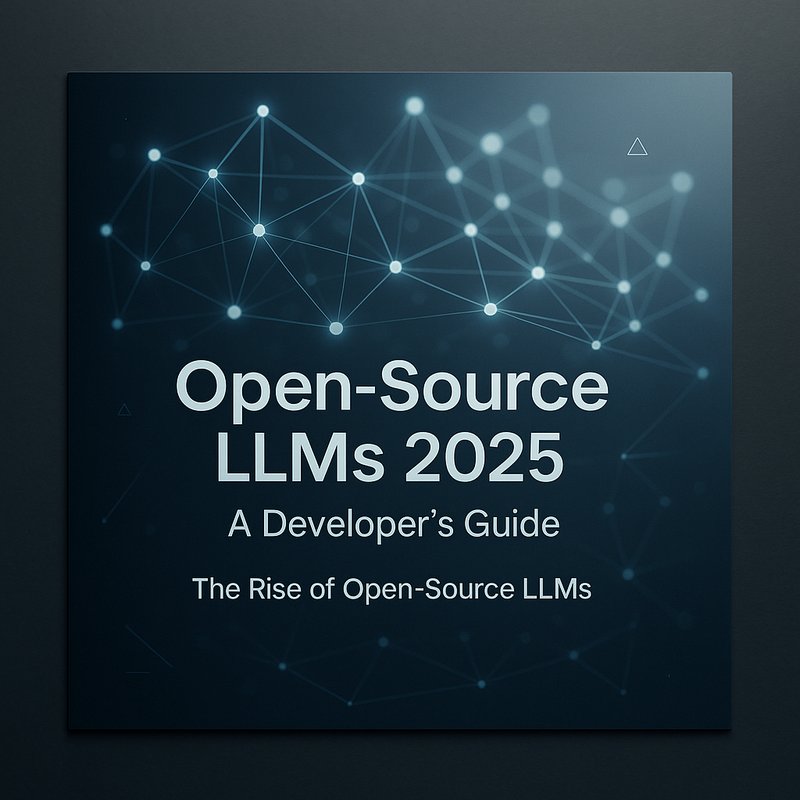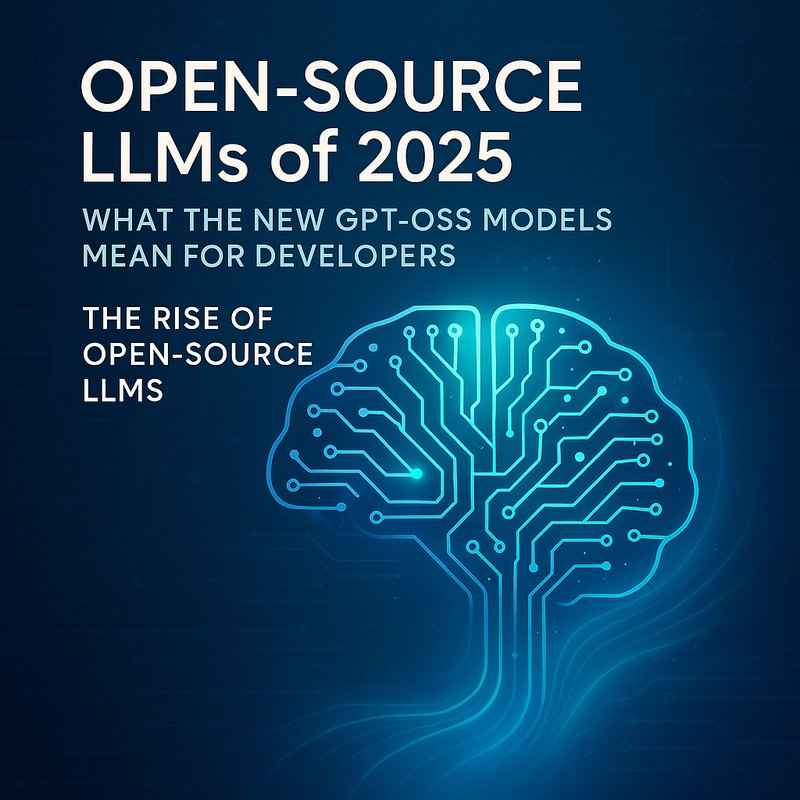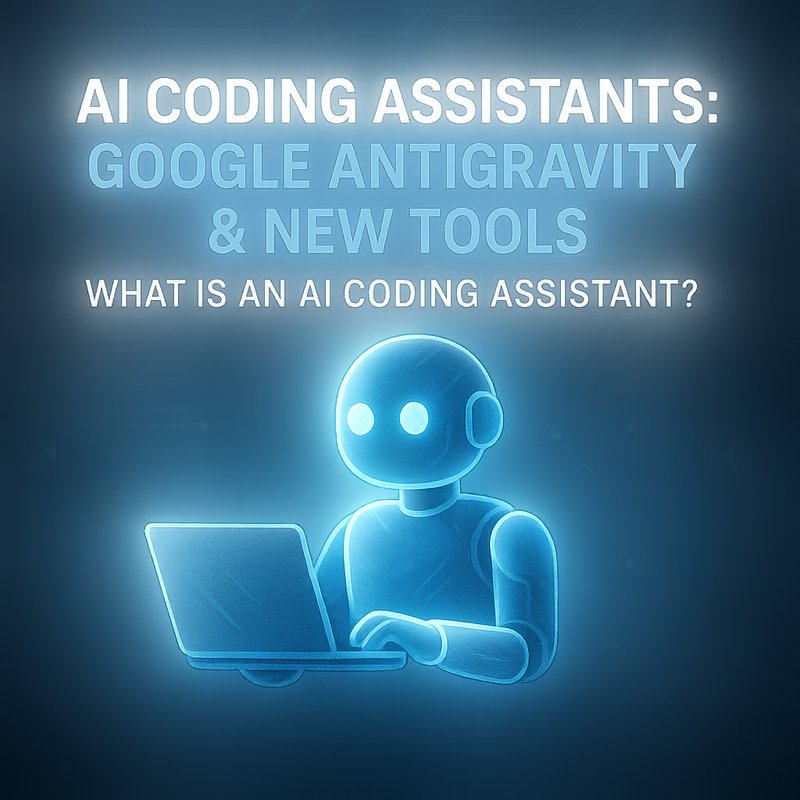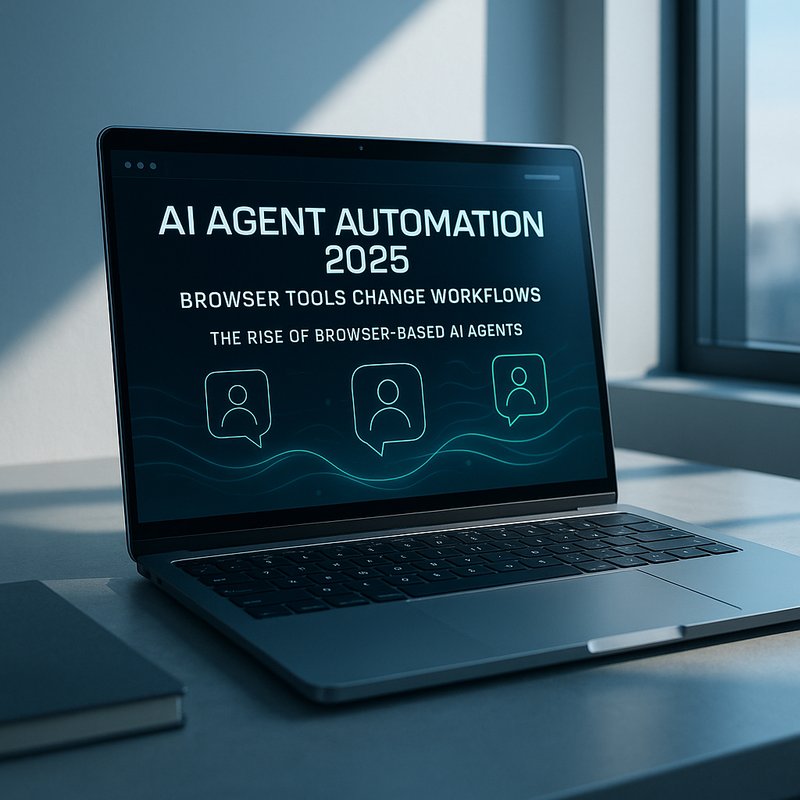Cities shape our lives. They also shape our planet’s future. More than half the world’s population lives in urban areas. That’s where most energy gets used, and where air pollution bites the hardest. But here’s the thing: AI can help cities shrink their carbon footprints. From smarter traffic lights to dynamic power grids, artificial intelligence tools are making our streets cleaner and our homes greener.
In this article, we’ll look at real projects, the main hurdles, and how platforms like Neura AI can tie it all together. Ready? Let’s dig in.
Why Cities Matter for Climate
Cities use roughly 75 percent of the world’s energy and emit more than 70 percent of greenhouse gases (source: UN Environment Programme). That’s huge. It means if we clean up urban systems, we’ll see big wins for the planet.
But cities are complex. You’ve got cars, subways, factories, power plants, buildings, waste streams, and more. Each piece needs its own plan. AI helps connect the dots so every part works smarter, not harder.
Traffic Flow Optimization with AI
Ever been stuck in gridlock? Frustrating, right? Traffic jams waste fuel and crank up emissions. AI can ease that pain.
Real-World Examples
• In Hangzhou, China, Alibaba’s City Brain project uses cameras and sensors to adjust traffic lights in real time. Bikes, buses, and cars flow smoother. Reports say congestion dropped by 15 percent in busy districts.
• In Pittsburgh, startup Rapid Flow deployed “smart lights” that learn traffic patterns at key intersections. Wait times shrank by 25 seconds per vehicle on average (source: U.S. Department of Transportation).
These systems rely on computer vision and reinforcement learning. Cameras feed data to models. The models predict traffic loads five to ten minutes ahead. Then signals adjust to keep things moving.
Why It Works
• Real-time feedback loops catch jams before they form.
• AI learns from unusual events—sports games, festivals, sudden road closures.
• It reduces idle time at red lights, which cuts tailpipe emissions.
Smart Grids and Energy Use
Power grids face their own headaches. Demand spikes on hot days. Solar and wind forecast errors can cause brownouts. AI helps utilities balance supply and demand more precisely.
Demand Forecasting Models
Google’s DeepMind teamed with the UK’s National Grid. They built models that predict energy demand 36 hours ahead. The results? Up to 10 percent lower operating costs and fewer emergency alerts.
These AI models train on weather data, historical load, calendar effects (holidays, weekends), and real-time readings. They spot patterns humans might miss.
Integrating Renewables
Renewables come with variability. The sun goes behind clouds. Wind speed dips. AI can smooth that out by:
- Forecasting generation hours ahead
- Adjusting battery storage dispatch
- Shifting controllable loads (like charging stations) to times of plenty
In California, utilities blend AI forecasts with local microgrid controls. When solar output dips, the system quickly routes more power from storage, avoiding diesel backup generators.
AI-Driven Waste Management
Waste might seem old school, but it’s ripe for AI improvements. From pickup routing to recycling inspection, smart systems can cut landfill and hauling emissions.
Sorting Robotics
Automated sorters use cameras and AI to pick out plastics, glass, and metals on conveyor belts. AI vision models achieve 95 percent accuracy or higher (source: MIT Technology Review). That means more material gets recycled and less ends up as trash.
Landfill Monitoring
Methane leaks at landfills are a big climate hazard. Drones equipped with gas sensors and AI analysis can scan sites. They identify leaks down to small hotspots. Remediation teams then cover those areas, cutting methane release.
Air Quality Monitoring and Predictions
Clean air is a basic need. Yet cities struggle with smog and ozone peaks. AI helps predict spikes so officials can warn people and enforce controls.

Sensor Networks
Low-cost air sensors tied to AI models fill gaps between government monitoring stations. Projects like Aclima partner with Google Street View vans to map pollution block by block. This hyperlocal data shows hotspots near schools and hospitals.
Forecasting Pollution Events
Machine learning models ingest wind, temperature, traffic volumes, and industrial activity to forecast poor air days 24–48 hours ahead. Alerts then go out via apps or text messages. People with asthma or heart conditions can plan indoor activities.
What strikes me is how these systems save lives. When you dodge high-pollution windows, you avoid hospital trips. That’s real impact.
Challenges and Risks
Smart city AI isn’t magic. It faces big hurdles.
Data Privacy in Urban Sensing
Cities deploy sensors everywhere. Cameras, air monitors, energy meters. That may trigger privacy concerns. People worry about being tracked on camera or having utility data exposed. Strong rules and anonymization help, but it takes trust.
Model Bias in Environmental Data
If models train on faulty or skewed data, they can misfire. Maybe a poor neighborhood has fewer sensors, so pollution there gets underpredicted. That can worsen inequalities. We need fair data coverage and bias checks.
Compute Costs
Running AI in real time on many points in a city isn’t cheap. You need GPUs, edge devices, or cloud credits. Smaller cities might struggle with budgets. Partnerships with tech firms or using platforms like Neura AI’s pay-as-you-go Neura Router can lower the barrier.
Role of Platforms like Neura AI
Here’s where integrated platforms shine. Neura AI’s agents can automate data collection, cleaning, and model updates across tasks.
Automating Data Pipelines with Agents
Imagine a fleet of RDA Agents that pull weather forecasts, traffic feeds, and utility readings every hour. They clean it, feed it to prediction models, and push results to dashboards. No one has to code ETL scripts. That saves time and cuts human error.
Cross-App Integrations for City Dashboards
City planners often juggle dozens of tools: GIS maps, Excel sheets, sensor platforms. Neura AI ties them together. A single interface can show traffic forecasts, energy demand curves, and air quality alerts. And agents can auto-generate slide decks or emails, so stakeholders stay in the loop.
Looking Ahead: Towards Carbon Neutral Cities
The work is just starting. New trends promise even more gains.
Edge AI and IoT Sensors
More tasks will move from the cloud to edge devices. Tiny AI chips at intersections, on street lamps, and in buildings will handle real-time predictions with minimal latency. That avoids data transfer costs and privacy risks.
Collaborative Platforms and Open Data
Cities sharing data in standard formats will help AI models generalize. If Lisbon and Milan share traffic or energy datasets, the same AI code can run in both places. Open standards speed innovation and cut costs.
Plus, open sourcing model code fosters peer review. When researchers see how a city’s AI works, they can catch bugs or biases faster.
Conclusion
AI offers a new toolkit for greener cities. From cutting traffic jams to fine-tuning power grids, the impact is real. But success hinges on data fairness, privacy safeguards, and smart partnerships.
That’s why platforms like Neura AI matter. They help spin up data flows, run models, and tie results into everyday workflows. For city teams juggling limited resources, that makes a difference.
The bottom line? Cleaner air, less wasted energy, and smoother commutes. And every megaton of CO₂ avoided gets us closer to a livable future. Smart tech for green cities is here. It’s working now. And it can scale faster than we think.
